
She is without doubt the most famous secretary in the world: Miss Moneypenny (she wasn’t initially given a first name), private secretary to the head of Britain’s Secret Intelligence Service, more commonly known as MI6.
She was, of course, the fictional creation of Ian Fleming in his James Bond spy novels, but like much of Fleming’s fiction, she was inspired by the real world of espionage.
Her real name was Kathleen Pettigrew and she was indeed personal assistant to the head of MI6. (Fleming had originally called his character Miss Pettavel before crossing the name out in pencil.)
Any and every highly classified document passed over her desk, and her security clearance was ‘ultra’, even higher than ‘top secret’. At times, she knew more state secrets than the Prime Minister or the monarch.
Yet, beyond what insiders call ‘the service’, not much is known about her or the many other women who have been at the heart of the action ever since the Secret Service Bureau, as it was originally named, was founded in 1909.
But that is set to change with the release of a new book, Her Secret Service: The Forgotten Women of British Intelligence.
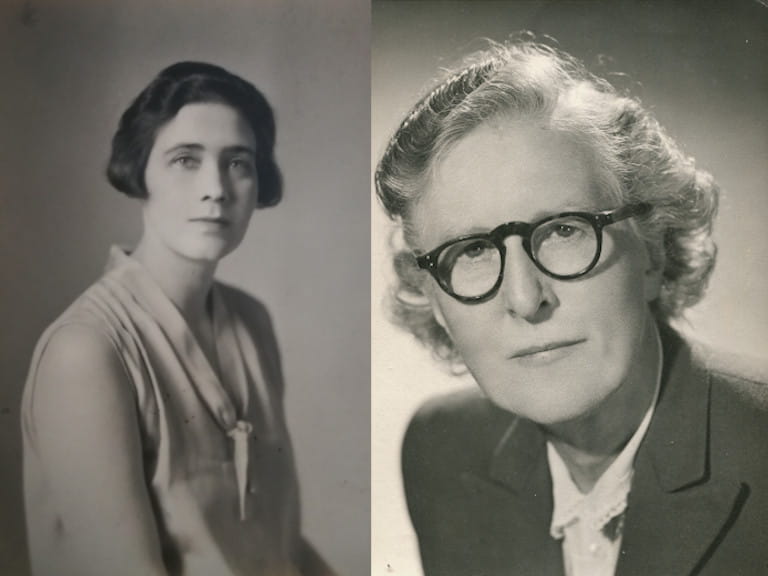
Academic Claire Hubbard-Hall, a specialist in the history of intelligence, spent six years trawling through archives and criss-crossing the country to track down relatives and associates of the women whose lives she has brought out of the shadows.
Her mission, she says, was "to write these women back into history".
Inevitably, the research was extremely difficult. Predictably enough, all approaches to intelligence archives were ignored.
Women in the intelligence services were mostly, though not always, tucked away in offices as secretaries, clerks and typists, and their existence was hardly ever recorded.
"Often, all I had was a snippet of a memo or a scrap from a chit and it was a case of piecing things together, like a jigsaw," says Claire, 44, who was until recently a lecturer at Bishop Grosseteste University in Lincoln.
"Ultimately, to get to the women themselves meant tracking down relatives from sources like the register of wills. They all started off by saying, 'I don’t know a lot' but, gradually, they would recall little bits of a family anecdote or a remark that shed a bit of light."
Occasionally, a contact yielded a veritable treasure trove. At King’s Cross station, Claire met the granddaughter of another MI6 secretary, Dorothy Henslowe, who served under Mansfield Cumming, the first Secret Intelligence Service chief.
"She had with her an old 1930s suitcase full of letters, photos and other bits and pieces and we sat in Prezzo going through it all," says Claire. "The waiters looked very bemused."
The suitcase also contained a letter of commendation from Dorothy’s boss, written in green ink, as was his habit. Claire says she intends to use green ink at book-signing events, too, in homage.
Incidentally, the reason MI6 chiefs are to this day known as C is also in reference to Cumming, who would sign all his memos with a simple C.
It would be wrong to dismiss the secretaries as lowly, says Claire. It was a loose term that often covered highly technical, operational roles.
"A secretary is the perfect cover. They had every piece of secret information at their fingertips."
It is highly probable, Claire believes, that Kathleen was the note-taker during the interrogation of Mata Hari, the notorious First World War double agent.
For many career MI5 or MI6 women, the cost of their dedication to the service was high: alienation from their families, the strain of living a concealed life.
Some paid with their own lives.
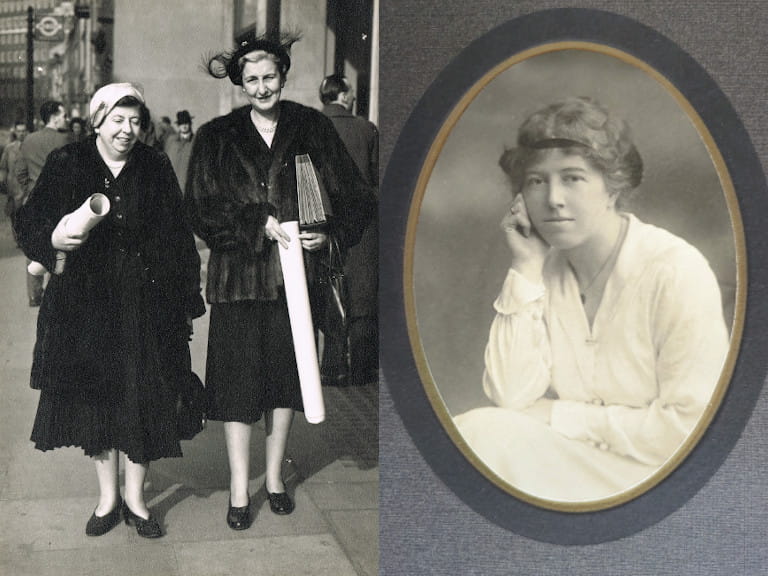
Kathleen, whose story weaves in and out of the book, never married or had children and chose to distance herself from her family, even after her retirement to Sidmouth, Devon. Only once, in old age, did she drop a hint when a cousin paid a surprise visit.
As the conversation turned to politics, Kathleen said that she knew things about certain politicians that were "not safe to know".
When her cousin joked that she sounded like Miss Moneypenny, Kathleen retorted, "I was Miss Moneypenny, but with more power."
There is nothing new about women employed in the trade of espionage. In the 17th century, Charles I used laundrywomen to smuggle letters out of Carisbrooke Castle, where he was imprisoned.
At Bletchley Park, the codebreaking centre during the Second World War, almost three-quarters of the staff were women.
Kathleen helped to set up the operation. "It has long been recognised that women had access to places men could not go, and they were less likely to come under suspicion," says Claire.
"They also had what was described as the peculiarly feminine gift: intuition."
It was a woman who first raised suspicions about the traitor Kim Philby. Jane Sissmore was recruited into MI5, the counter-espionage agency, as an 18-year-old in 1916.
In 1929 she became MI5’s first female officer, specialising in Soviet affairs, and ten years later she was the lead interrogator in debriefing Walter Krivitsky, a senior Soviet intelligence officer who defected to the West and warned the Foreign Office that it had been penetrated by Soviet spies.
Krivitsky spoke of a British Soviet agent working as a journalist; the description fitted Philby. However, with all resources marshalled against fascism, Jane struggled to collate additional intelligence.
After a row with the acting director-general, Jane was sacked for insubordination.
As Claire points out, how much sooner might Philby have been unmasked if Jane had remained in her job?
The women of the Special Operations Executive (SOE) are perhaps the only ones to have attained any kind of renown, thanks to films such as Carve Her Name with Pride, about the wartime secret agent Violette Szabo.
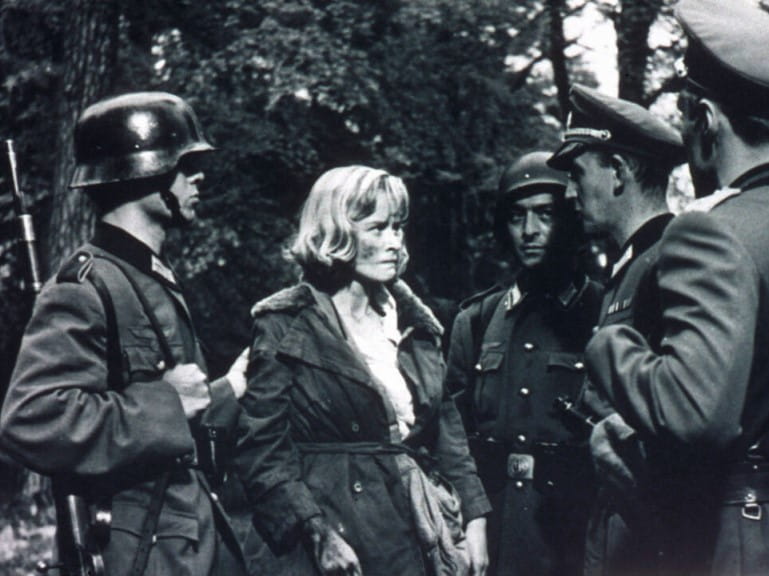
But beyond the agents sent behind enemy lines to "set Europe ablaze", as Churchill put it, stood an army of other women.
"I wanted to capture the women whose contributions were just as important, if not more so," says Claire.
Dorothy Furse, a senior MI5 secretary, was responsible for identifying and recruiting potential agents. And Vera Atkins, assistant to Maurice Buckmaster, the head of SOE’s French section, helped prepare the women for their secret missions, ensuring they had the right documentation and solid cover stories.
She also distributed suicide pills and saw the agents off on their missions.
After the war, she made it her own mission to find out what had happened to every one of those who did not make it back.
Claire says, "Reading the letters in those files was absolutely harrowing."
Claire’s study at her home in Lincolnshire is adorned with photographs of the women whose lives have dominated her own for the past six years. Though she admires them all immensely, she does have her favourites.
"Winnie Spink was a bit of a star – the first MI6 woman to operate in Russia," Claire enthuses. "She was from a wealthy Plymouth Brethren family, but she rebelled, joined the suffragettes and was recruited by Cumming.
"She was her own woman and recorded her sexual conquests with the words 'another scalp'."
Winnie arrived in St Petersburg a few months before the Russian Revolution and passed messages back to London about the murder of Rasputin, in which the British were strongly believed to have been involved. Rita Winsor and Ena Molesworth, both MI6 secretaries, were caught in Vichy as the Germans occupied France.
But it is Kathleen, Miss Moneypenny herself, who remains perhaps the biggest enigma.
Although Claire has fleshed out Kathleen’s life, she admits, "I still feel I haven’t really touched her. She left nothing behind of herself. Even the headstone on her grave has toppled forward so you can’t read her name."
They escaped on bicycles to Lisbon, the wartime espionage capital of Europe, where they specialised in getting agents in and out.
"They broke the mould and showed women could not only do the job, but do it better," says Claire.
After the war, they ran an upmarket travel agency, which Claire is convinced was a cover.
"They were one of the first to take people to China – who is going to suspect two middle-aged ladies?"
But it is Kathleen, Miss Moneypenny herself, who remains perhaps the biggest enigma. Early female recruits tended to be from upper-middle-class families, often with family connections to the intelligence services or military.
However, Kathleen was the daughter of a sealskin dresser working in the London docks and the family home consisted of three rooms over a shop in Bermondsey.
Although Claire has fleshed out Kathleen’s life, she admits, "I still feel I haven’t really touched her. She left nothing behind of herself.
"After she died in a nursing home [in 1990], her cousin wanted to collect photos and personal items from her room but was told everything was 'not available'. It had all gone. Who took it? They couldn’t say."
Kathleen was once described as having a "battleship jaw", yet the photograph of her in Claire’s study shows a woman in horn-rimmed glasses with a slightly severe but not unpleasant countenance.
She was known to keep a parrot in her office, which indicates her seniority permitted such eccentricities.
"I can’t help wondering if she ever watched any Bond films and what she thought of them," says Claire.
But on that, as in all things, the real Miss Moneypenny’s thoughts remain strictly – and forever – her own.

For over four decades, Saga Magazine has been bringing you inspiring stories, trusted advice, and articles that matter. Now you can enjoy every issue delivered to your door at our lowest-ever price.
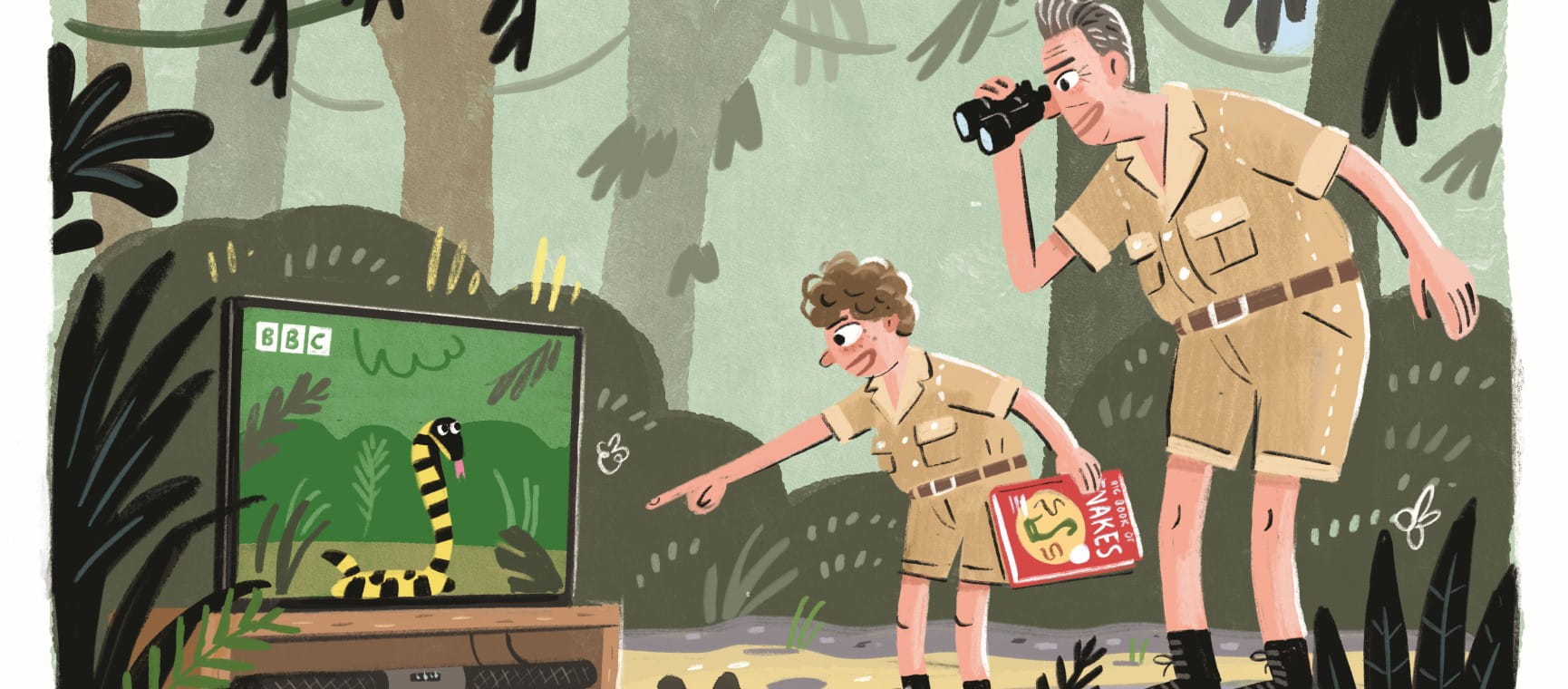
Our columnist wonders whether 24-hour TV is doing our grandchildren more harm than good?
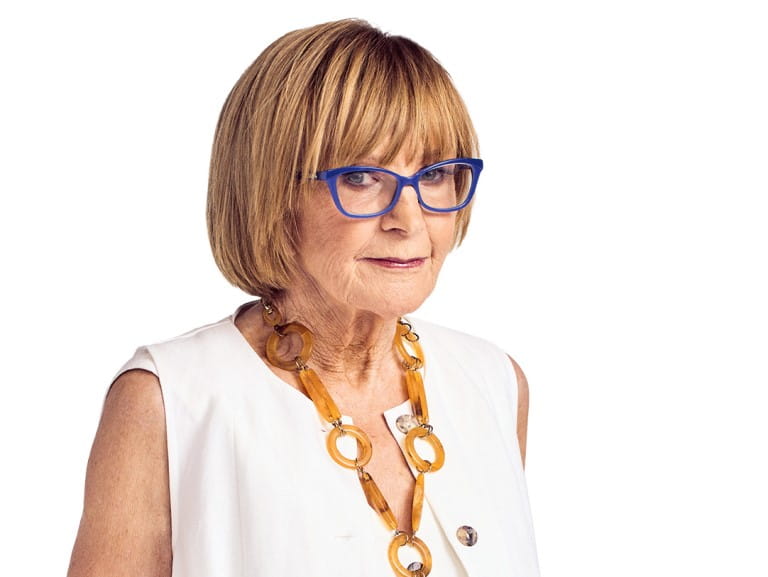


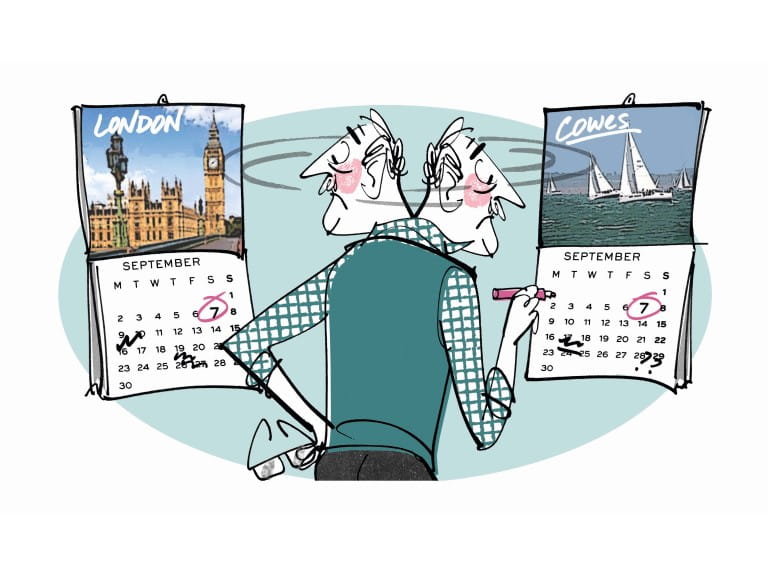
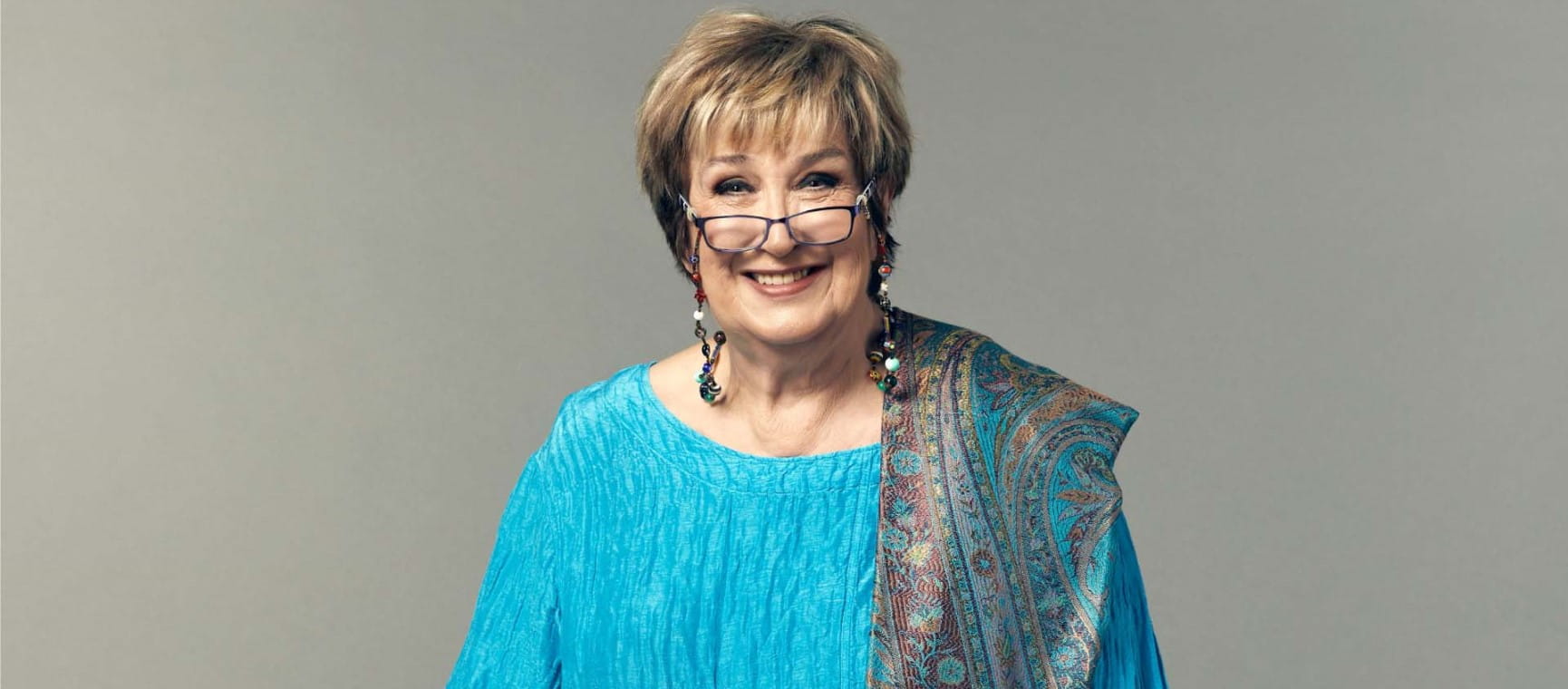


Women in the intelligence services did more than just take notes and chide flirtatious spies - many had real power and ran missions.
